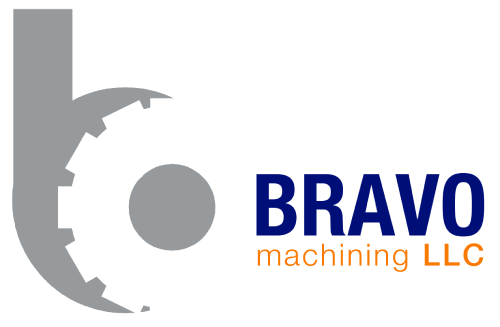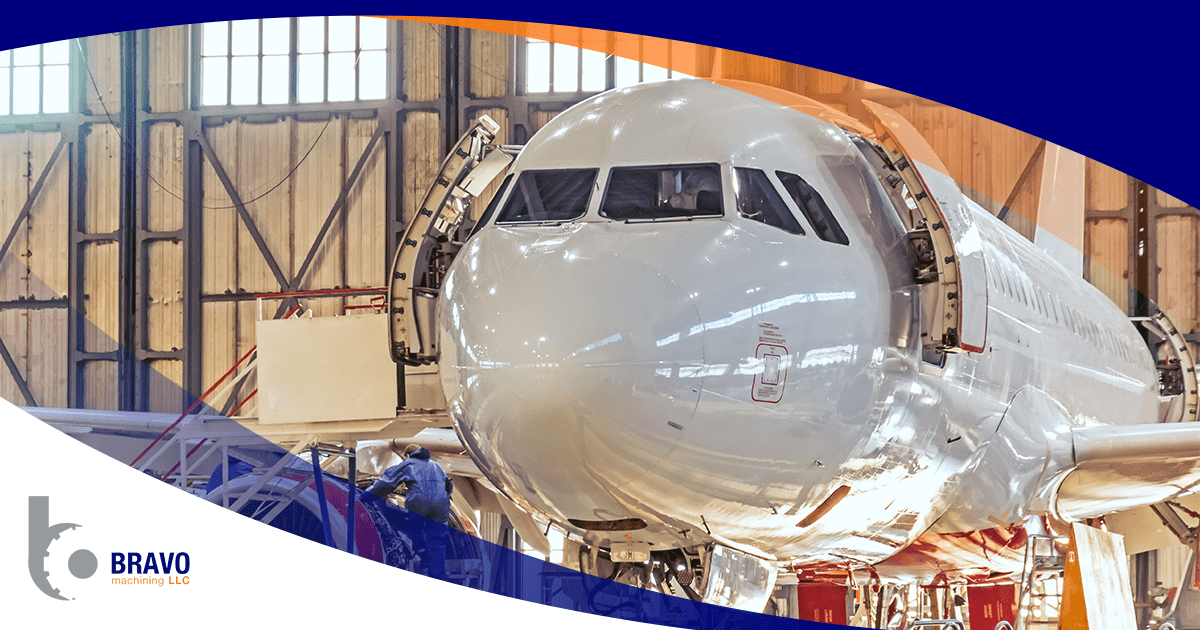The aerospace industry demands the highest standards of precision, quality, and reliability. Every component, from the smallest fastener to the largest structural part, must perform flawlessly under extreme conditions. CNC (Computer Numerical Control) machining has become a cornerstone of aerospace manufacturing due to its unparalleled accuracy, efficiency, and versatility. In this blog post, we will explore the role of CNC machining in the aerospace industry, highlighting its applications, benefits, and the future of aerospace manufacturing.
Applications of CNC Machining in Aerospace:
- Engine Components: CNC machining is essential for producing complex and high-precision engine components such as turbine blades, fuel nozzles, and compressor disks. These parts must withstand extreme temperatures and stresses, requiring materials like titanium and Inconel, which are challenging to machine but ideal for CNC processes.
- Structural Parts: The structural integrity of an aircraft depends on the quality of its components. CNC machining produces critical structural parts such as wing ribs, fuselage frames, and landing gear components. These parts must meet stringent weight and strength requirements, making CNC machining’s precision and material versatility crucial.
- Avionics: CNC machining is also used to manufacture components for avionics systems, including housings for electronic devices, connectors, and other intricate parts. The high precision of CNC machines ensures that these components fit perfectly and function reliably in the complex avionics environment.
- Tooling and Fixtures: Aerospace manufacturing requires specialized tooling and fixtures to hold parts during assembly and testing. CNC machining allows for the production of custom tools and fixtures with exact specifications, ensuring that each part is accurately positioned and secured during the manufacturing process.
Benefits of CNC Machining in Aerospace:
- High Precision and Accuracy: The aerospace industry requires components with tight tolerances and exact dimensions. CNC machining offers exceptional precision and accuracy, ensuring that each part meets the required specifications. This level of precision is critical for maintaining the performance and safety of aerospace components.
- Material Versatility: Aerospace components are made from a variety of materials, including aluminum, titanium, stainless steel, and advanced composites. CNC machines can handle these materials efficiently, producing parts that meet the industry’s stringent standards for strength, weight, and durability.
- Repeatability and Consistency: CNC machining provides consistent results across large production runs, ensuring that every component is identical and meets quality standards. This repeatability is essential for the aerospace industry, where even minor variations can have significant consequences.
- Complex Geometries: Many aerospace components feature complex shapes and intricate details that are difficult to produce with traditional manufacturing methods. CNC machining allows for the creation of these complex geometries with high precision, enabling the design and production of advanced aerospace parts.
- Cost-Effectiveness: While the initial setup cost for CNC machining can be high, its efficiency and precision often result in cost savings over the long term. By reducing waste, minimizing errors, and speeding up production times, CNC machining helps aerospace manufacturers maintain competitive pricing without compromising quality.
The Future of CNC Machining in Aerospace:
- Additive Manufacturing Integration: The integration of CNC machining with additive manufacturing (3D printing) is opening new possibilities for aerospace manufacturing. Hybrid machines that combine subtractive and additive processes allow for the production of parts with complex internal structures, reducing weight and enhancing performance.
- Automation and Industry 4.0: Automation and Industry 4.0 technologies are transforming CNC machining. Smart factories equipped with interconnected CNC machines, robotics, and real-time data analysis enable more efficient and flexible production. This level of automation enhances quality control and reduces downtime, leading to higher productivity.
- Advanced Materials: The development of new materials, such as high-temperature composites and superalloys, is expanding the capabilities of CNC machining in aerospace. These advanced materials offer superior performance characteristics, enabling the production of components that are lighter, stronger, and more durable.
- Artificial Intelligence and Machine Learning: Artificial intelligence (AI) and machine learning are being integrated into CNC machining processes to optimize operations and improve decision-making. AI-powered systems can analyze vast amounts of data to identify patterns, predict maintenance needs, and enhance process efficiency. This technology will play a crucial role in the future of aerospace manufacturing.
Conclusion:
CNC machining is an indispensable technology in the aerospace industry, offering the precision, versatility, and efficiency needed to produce high-quality components. From engine parts to avionics and structural components, CNC machining ensures that every part meets the rigorous standards required for aerospace applications. As technology continues to evolve, the integration of advanced materials, additive manufacturing, automation, and AI will further enhance the capabilities of CNC machining in aerospace, driving innovation and ensuring the industry’s continued growth and success.
The future of aerospace manufacturing looks bright, with CNC machining at the forefront of this exciting and dynamic field. By leveraging the latest advancements in technology and materials, the aerospace industry will continue to push the boundaries of what is possible, creating safer, more efficient, and more advanced aircraft for the skies of tomorrow.


